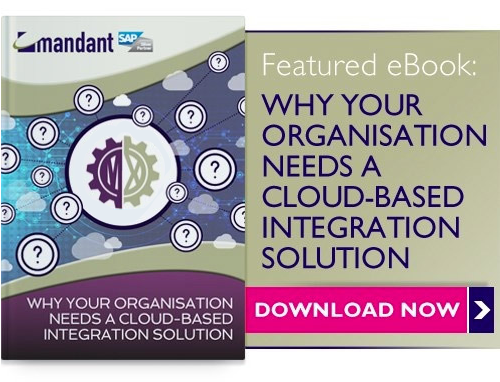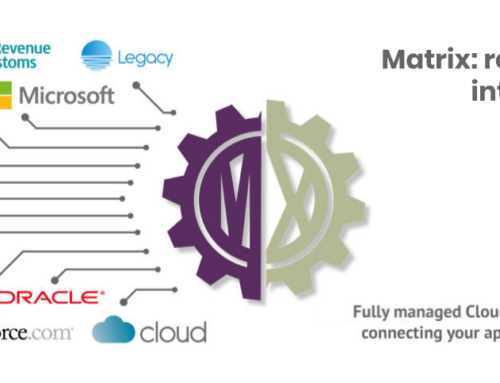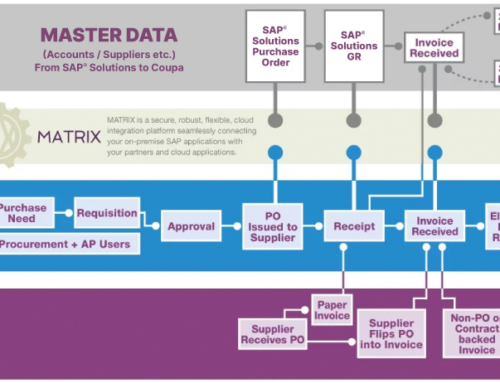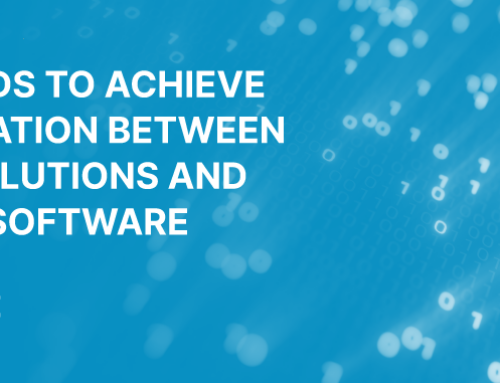Data security and integrity in the cloud vs on-site
Cloud computing is transforming the way we do business, while simultaneously making IT more efficient and cost effective. But it’s also opening companies up to new types of cyber threats: in today’s IT environment, it’s not a matter of if but when your company’s data security and integrity will be challenged. Everyone should be worried about their data, but keeping all of your systems and servers on-site won’t make it more secure. On-site computer rooms, in fact, are potentially at more risk of security breaches than cloud solutions.
A false sense of insecurity
Research report after research report shows that perceived lack of security is still the biggest factor preventing companies from moving their IT systems and infrastructure to the cloud. One of the reasons why cloud computing is falsely believed to be less secure is due to paranoia. The cloud computing approach may feel less secure because documents and information are being stored on systems and servers that your business doesn’t own, but this doesn’t mean that it is less secure.
How accurate is the security threat?
When Cloud Industry Forum surveyed business leaders and senior IT professionals in the United Kingdom, 615 reported that they were concerned about data security, while only 2% had experienced an actual cloud-related security breach. It’s actually much easier to protect your information when it’s in the cloud, and the following scenario explains why:
If you consider a physical IT environment, the IT administrator knows exactly who is on what disk drive and where that disk drive is located, and then walk down the hallway and open the door, take the drive out and have the data. In an online environment such as cloud computing, external parties don’t have access to the physical data. The only people with access to the data are the people doing maintenance on the servers, and they don’t have the ability to find out who is using what disk or how to find the person, because they are not the administrators in the environment. Even if the person doing maintenance were to pull information from a server, the data wouldn’t be available to them as encryption techniques are used to ensure that the data is useless once it is pulled out of the IT environment.
With physical data centres and IT infrastructure, the business is responsible for background checking employees, authorising personnel to access different areas and levels of data as well as securing the building with keyword protocols, surveillance systems, biometric scanners etc. There are many ways that security issues can slip through the cracks.
How the cloud can make your data more secure
Security risks from within your organisation and physical location are higher than when your data is located in the cloud. By moving your data to a different location than your company’s physical location, you’ve already removed the biggest security threat to your data.
A cloud provider is also better equipped for protecting your data as the scale of effort that cloud service providers put into data security and integrity is one of the primary value propositions of moving to the cloud.
Not all cloud platforms will be inherently ‘safer’ than on-site solutions. Data security needs to be a collaborative effort between the cloud service provider and the customer, as each party will be accountable for different parts of the security. A proactive, collaborative approach will ensure that your data is significantly more secure in the cloud than on-site.
Need more information about cloud platforms and data security? Download MANDANT’s Whitepaper entitled ‘Why your organisation needs a cloud-based integration solution‘ now.







